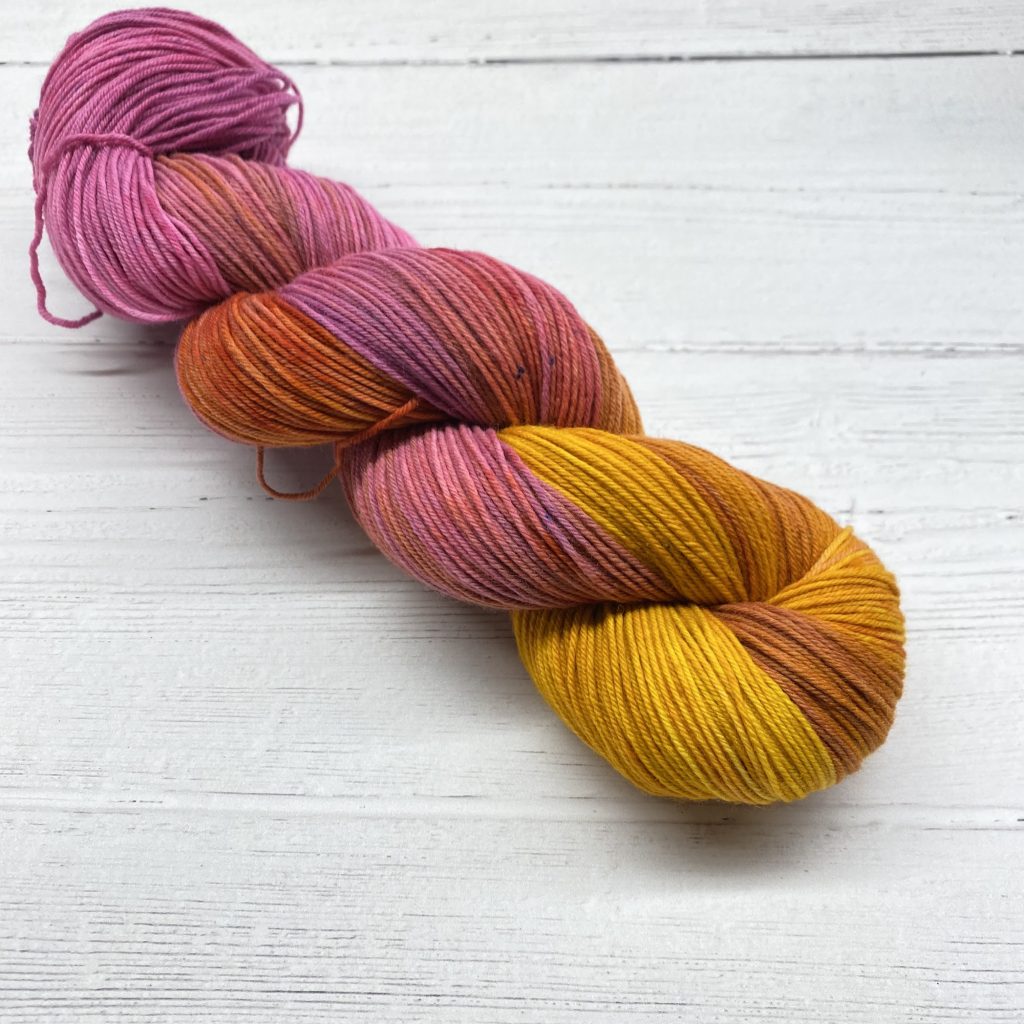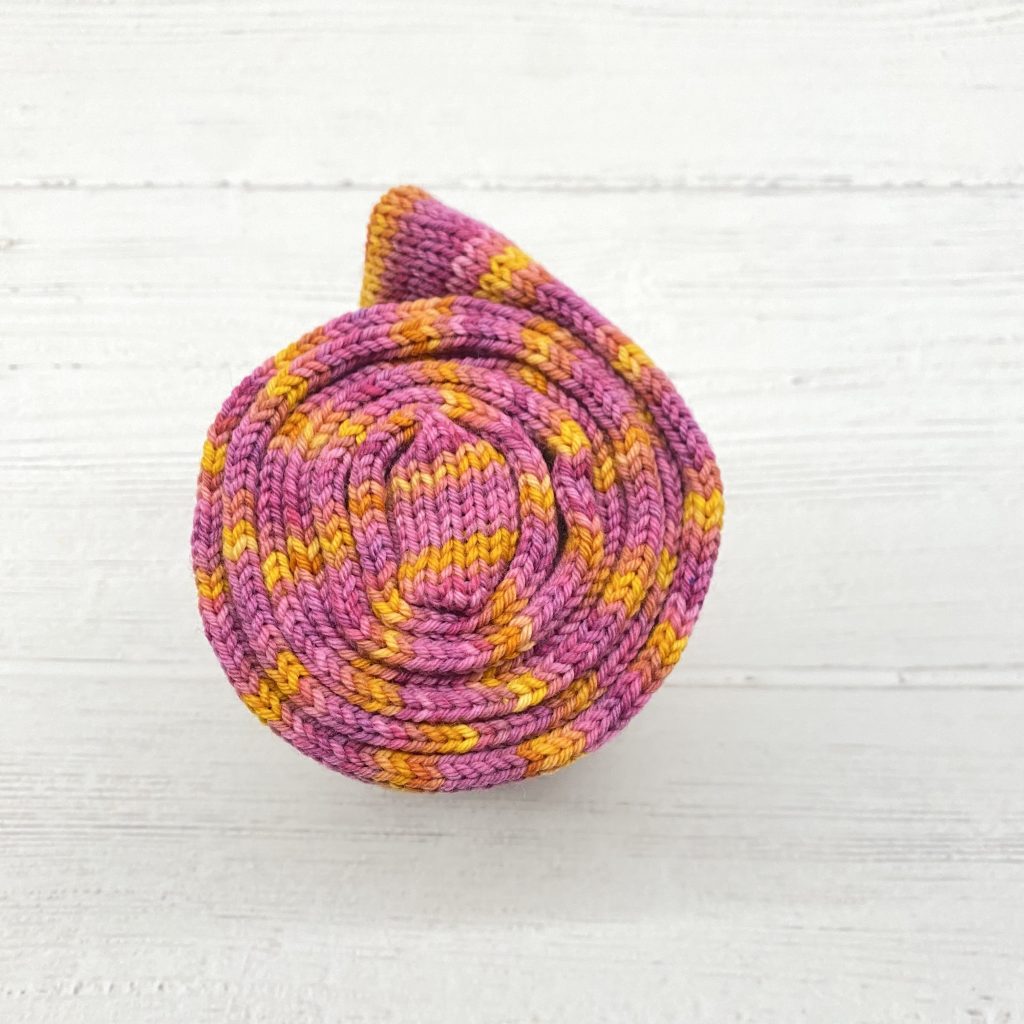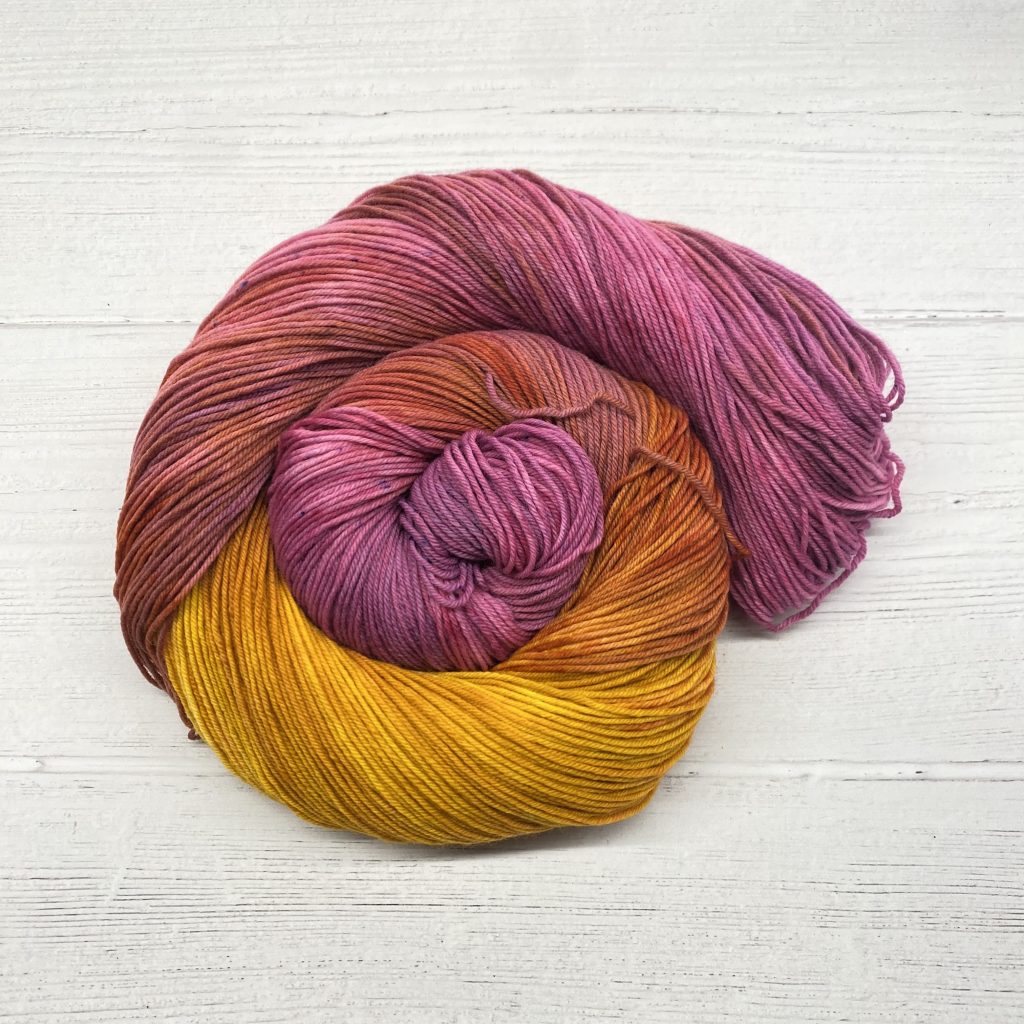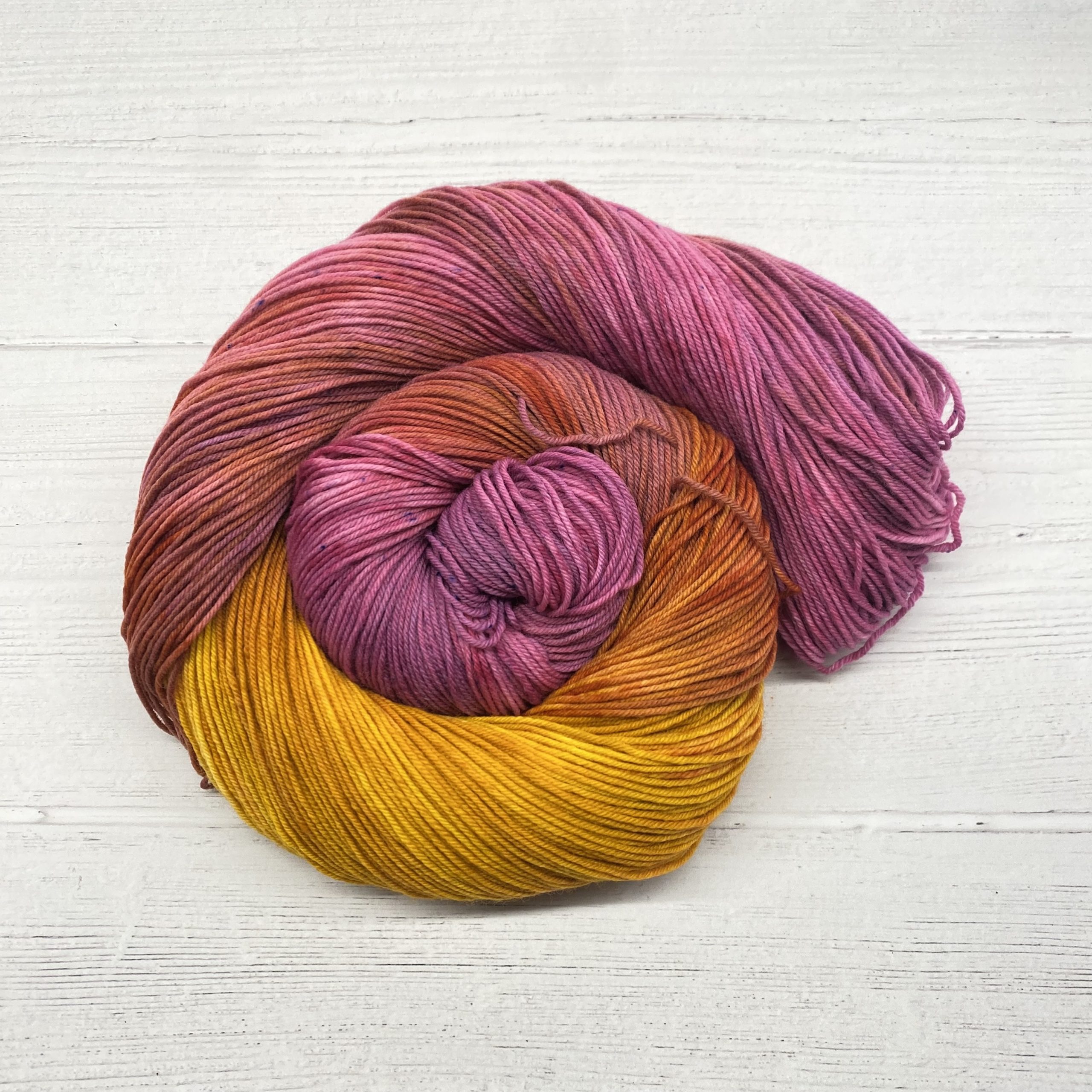We’re heading to the high seas this month, as we honor Zheng Yi Sao, the Chinese Pirate Queen!
Zheng Yi Sao was one of the most successful pirates in history (and for sure the most successful female pirate), active in the South China Sea in the early 1800s. She went by many names (Shi Xianggu, Shek Yeung, Ching Shih, Cheng I Sao, Ching Yih Saou and Mrs. Cheng being some of them), and her backstory is a bit of a mystery. What we do know about her is that she was a ruthless and respected leader, and her organization skills and stringent rules of conduct for the pirates in her employ helped to make her the success that she was, and kept her confederation of pirate ships strong and connected until she ended things on her terms.
At age 26, she married a pirate named Zheng Yi, and accompanied him on his journeys. After his death in 1807, she took control of his operations, the Guangdong Pirate Confederation, with a fleet composed of 400 ships and between 40,000 and 60,000 pirates. They entered into conflict with several major powers, such as the East India Company, the Portuguese Empire, and the Great Qing.
They were both feared and respected, and, even though the whole pirate thing has a fun quality to modern sensibilities, the havoc they wreaked was pretty awful. Not only did they steal, they murdered and enslaved and tortured their captives. The punishments for infractions against the federation were severe, particularly for violence against female captives. Entire villages were laid to waste, casualties of wars the Confederation waged against the Chinese government and various trading companies.
Zheng Yi Sao and her Guangong Pirate Confederation ruled the South China Sea for nearly a decade, and some say she was a victim of her own success. Piracy was so widespread, and had such a hold on the sea, that trade became almost non-existent, causing financial stress throughout China. The Chinese government, despite having been bested by Zheng Yi’s pirates on multiple occasions, came to a crossroads where they had no choice but to figure out how to end the hold piracy had on the country.
In 1810, Zheng Yi Sao negotiated the most stylish surrender ever to the Qing authorities: she sailed into Canton harbor with her entire 260-boat fleet, flags flying, and demanded a very favorably-termed pardon. She and her pirates were able to keep their plunder, but had to give us most of their ships and weapons. Many of the pirates were actually then hired into the Chinese Navy, and in turn were in charge of persecuting pirates. Zheng Yi had a prosperous and peaceful life, after having been the most bad-ass of Pirate Queens.
To honor Zheng Yi Sao, we created the Chrysanthemum colorway. The chrysanthemum is a very important flower in the Chinese culture, having been honored and cultivated since hundreds of years BCE. In fact, there are over 20,000 cultivars in China! It’s also one of The Four Gentlemen (四君子 junzi), four plants that represent noble character: plum (梅 mei), orchid (兰 lan), bamboo (竹 zhu), and chrysanthemum (菊 ju).




